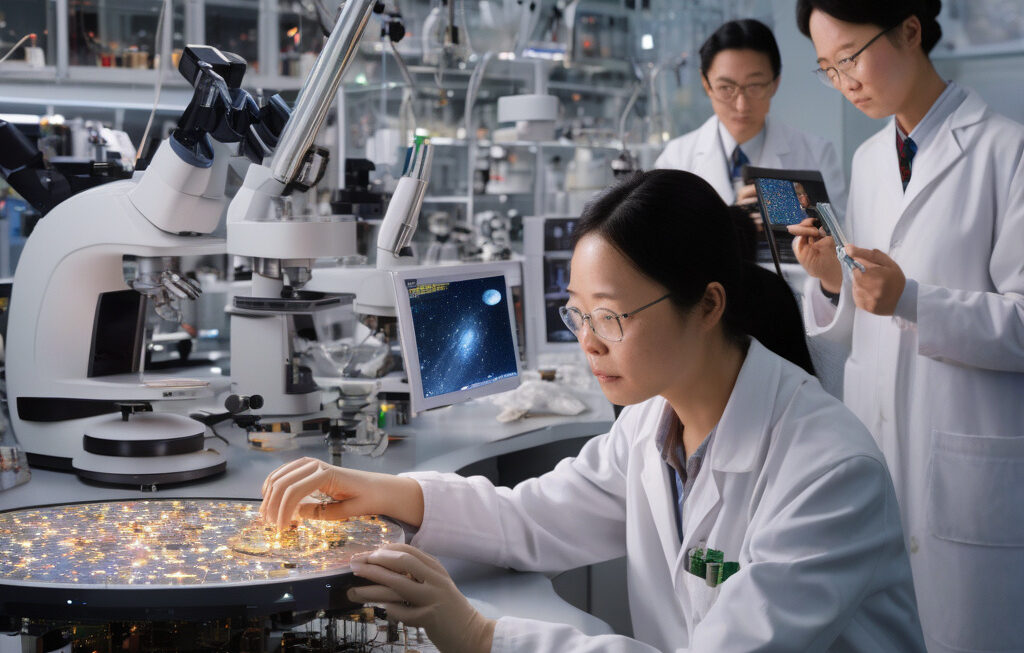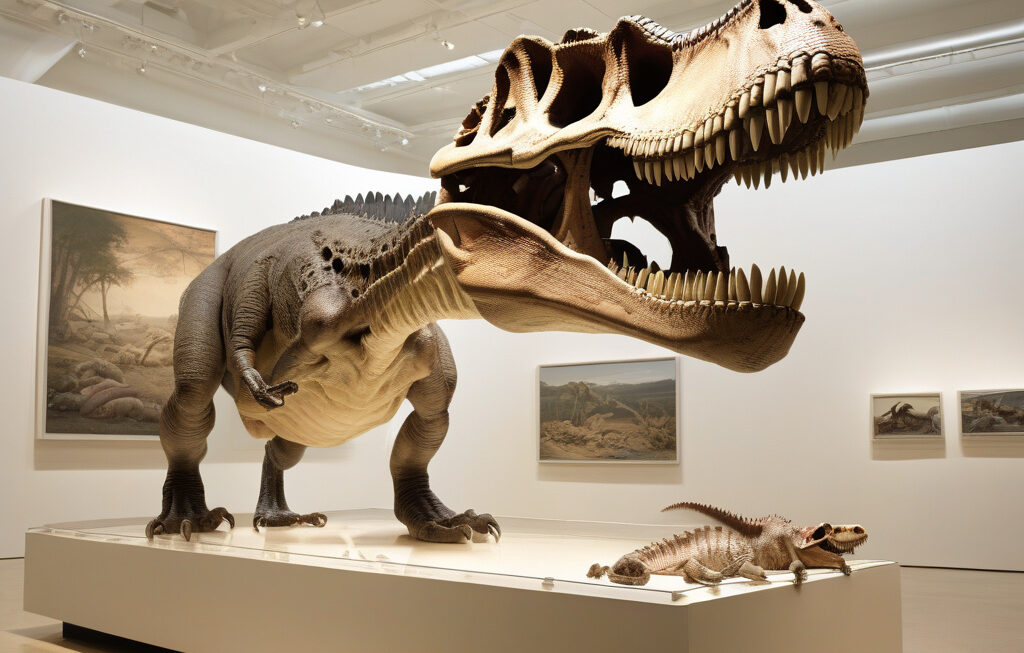New Training Method Enhances AI Models’ Object Localization Abilities
MIT researchers have developed an innovative training method that significantly boosts the accuracy of vision-language models in locating specific objects within new scenes. This breakthrough holds immense promise for a wide range of applications, from enhancing virtual assistants to improving search algorithms and personalized recommendations.
The ability to accurately identify and locate objects within a scene is a critical aspect of artificial intelligence models’ functionality. Traditional approaches have often struggled with this task, particularly when faced with complex or unfamiliar environments. MIT’s new method addresses this challenge by training vision-language models to pinpoint personalized objects, such as pets, with remarkable precision.
At the core of this method lies a novel training strategy that combines both visual and linguistic cues to guide the AI model’s attention. By providing explicit instructions on the object of interest, such as describing its appearance or unique characteristics, the model learns to focus its visual processing power more effectively. This targeted approach results in significantly improved object localization capabilities, even in previously unseen scenes.
To demonstrate the effectiveness of their method, the MIT researchers conducted extensive experiments using a diverse set of images and objects. In one test scenario, the AI model was tasked with locating a specific breed of dog within a cluttered outdoor scene. Traditional models struggled to differentiate the target dog from other similar-looking breeds, often leading to misidentifications. In contrast, the model trained using MIT’s method successfully identified the correct dog with a high level of accuracy, showcasing the power of personalized object localization.
The implications of this advancement are far-reaching, with potential applications across various industries. For instance, in e-commerce, AI models equipped with enhanced object localization capabilities can offer more accurate product recommendations based on users’ preferences. Similarly, in healthcare, this technology could aid in medical image analysis, enabling faster and more precise identification of anomalies.
Moreover, the integration of vision-language models with improved object localization skills can revolutionize the field of robotics. Robots equipped with the ability to identify and interact with specific objects in dynamic environments can perform a wide range of tasks with greater efficiency and autonomy. From assisting in household chores to enhancing industrial automation processes, the possibilities are endless.
As AI continues to advance, the importance of refining and enhancing its capabilities cannot be overstated. MIT’s groundbreaking training method represents a significant step forward in harnessing the full potential of vision-language models. By enabling AI systems to locate personalized objects in scenes with unprecedented accuracy, this innovation paves the way for a new era of intelligent technology applications.
In conclusion, the development of a training method that empowers AI models to excel in object localization tasks marks a milestone in the evolution of artificial intelligence. With its wide-ranging implications and potential for transformative applications, this breakthrough sets a new standard for precision and efficiency in AI-driven systems.
innovations, AI, object localization, MIT, vision-language models












